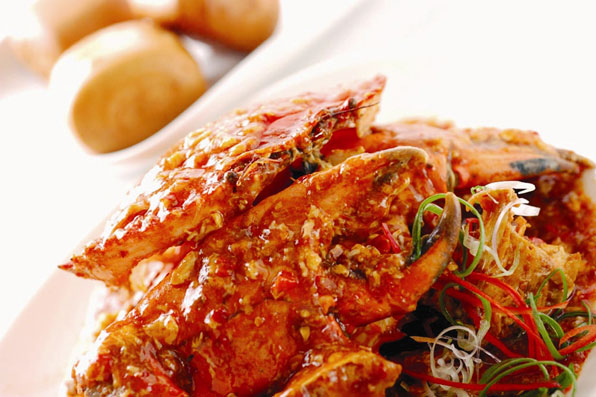MANY PEOPLE have been lured into buying Jumbo, believing that there is potential for further upside and growth. 
Photo: CompanyI now provide an unbiased view based on fundamentals.
Its IPO price was 25 cents a share. Financial year end is on 30 September. Over three years, from 2013 to 2015, revenue has grown 15% compounded, with $123 million revenue for year 2015, immediately before its listing in November 2015.
Its attributable net profit for 2015 was $10.6 million.
Its recent Q1 2016 results showed revenue of $30.9 million and attributable profit of $2.1 million.
Whether its FY 2016 results will impress the market, is now a question, if we just annualise its Q1 revenue and attributable profits.
Hence, I am skeptical if its 15% annual growth is sustainable.
From its IPO proceeds, Jumbo still has about $12 million to launch new outlets, and it must work doubly hard to ensure that its growth in revenue and attributable profits will not be derailed.
In 2015, there are certain income streams which may not be repeated in 2016, and that amount is close to $1.5 million, of which government credit scheme contributed about $900K.
Write-back of reinstatement costs was about $480K; insurance claims was $118K; fair value gain on and disposal of short-term investments was about $270K.
Jumbo's balance sheet is not bad, but after the IPO, the company paid $50.8 million dividends to the original owners, and equity has shrunk by $12 million if we net it off against its $38.8 million IPO proceeds.
If we just annualise its Q1 earnings per share, we get about 1.3 cents a share, versus 1.65 cents for 2015, and 1.8 cents for 2014.
Clearly there is no growth from a shareholder point-of-view. If that happens, and based on current share price of 47 cents, its prospective PE is 36 times, versus 28 times and 26 times for 2015 and 2014 respectively.
Its current NAV per share is about 8.2 cents, which is a high price-to-book ratio of 5.7.
 "I think upside for the share price is capped, purely based on PE and price-to-book ratio. "I think upside for the share price is capped, purely based on PE and price-to-book ratio. "The market can fuel speculation and rumour to drive its share price higher, but it only becomes a trading stock rather than a long-term investment counter. "Do your own due diligence when you decide to invest in this stock." -- Chan Kit Whye (photo). |
On the promise of a 30% payout ratio, its prospective dividend yield at the current share price is 0.83%, which is low when compared to current fixed deposit rates.
Jumbo now has 14 Singapore outlets (6 Jumbo Seafood outlets, 3 J-Pot outlets, 4 Ng Ah Soh Bak Kut Teh outlets, 1 J-Cafe outlet) and 3 China outlets.
Jumbo also helps to manage Singapore Seafood Republic with four in Japan as well as the Yoshimaru Ramen Bar.
Currently, Jumbo has close to 1,200 shareholders. Free float is about 24% or 155 million shares.
Its major shareholders are Ang Hon Nam (57.9%); Tan Gee Jian (6.6%); Ron Sim (5%) and Temasek (6.2%).
Prior to his retirement, Chan Kit Whye (left) worked more than 30 years as Regional Finance Director, Financial Controller and Manager in a multinational specialty chemical business. He has played an active role in CPA (Australia) Singapore Branch, taking up positions in its Continuing Professional Development and Social Committees. Kit Whye is a Fellow of CPA Australia, CA of Institute of Singapore Chartered Accountants and CA of the Malaysian Institute of Accountants. He holds a BBus(Transport) Degree from RMIT, MAcc Degree from Charles Sturt University and MBA from Durham Business School.



